Introduction
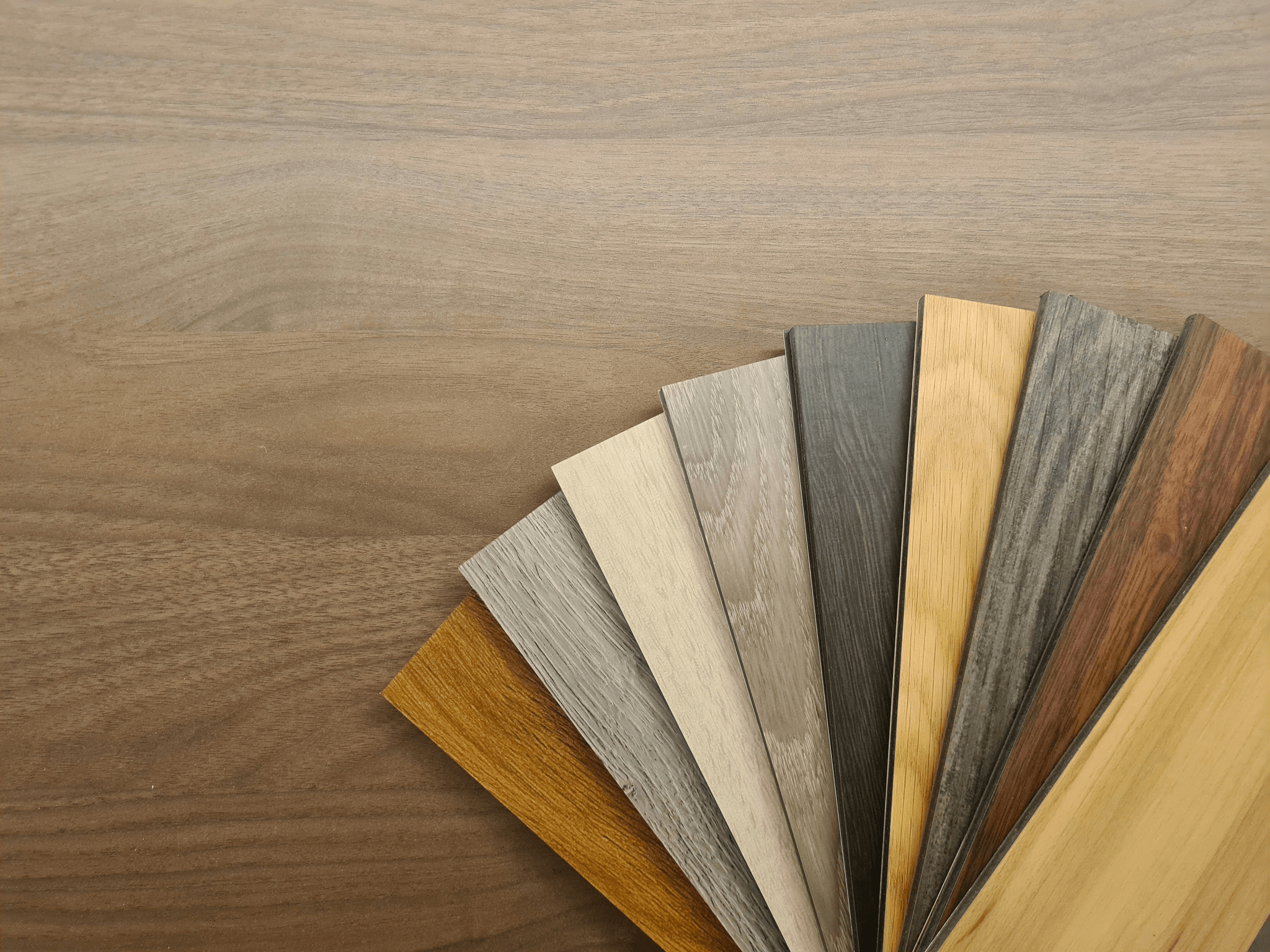
Defining Composite Flooring
Composite flooring refers to a type of flooring made from a blend of different materials, often including wood fibers and plastic resins. This combination results in a product that is designed to withstand wear and tear while providing the beauty of natural wood without the maintenance headaches. Deck composite decking is one popular application of this technology, particularly for outdoor spaces where durability is essential.
Benefits of Composite Flooring
There are numerous benefits associated with choosing composite flooring over traditional options like solid hardwood or PVC decking. For starters, composite floor decking offers superior resistance to moisture, rot, and insects, making it ideal for areas prone to weather fluctuations. Additionally, products like 1.5 composite decking or even 2 composite decking come in various styles and colors that can elevate any space's aesthetic without compromising on performance or lifespan.
Understanding Different Composite Materials
To fully appreciate the advantages of composite flooring, it's important to understand the different materials used in its construction. Typically composed of recycled wood fibers mixed with plastic polymers, these materials work together to create a strong yet flexible surface that can accommodate various environments. By exploring options such as PVC decking versus traditional composite wood alternatives, homeowners can make informed decisions about which type best suits their needs—whether they’re looking for easy maintenance solutions or specific design features.
What is Composite Floor?
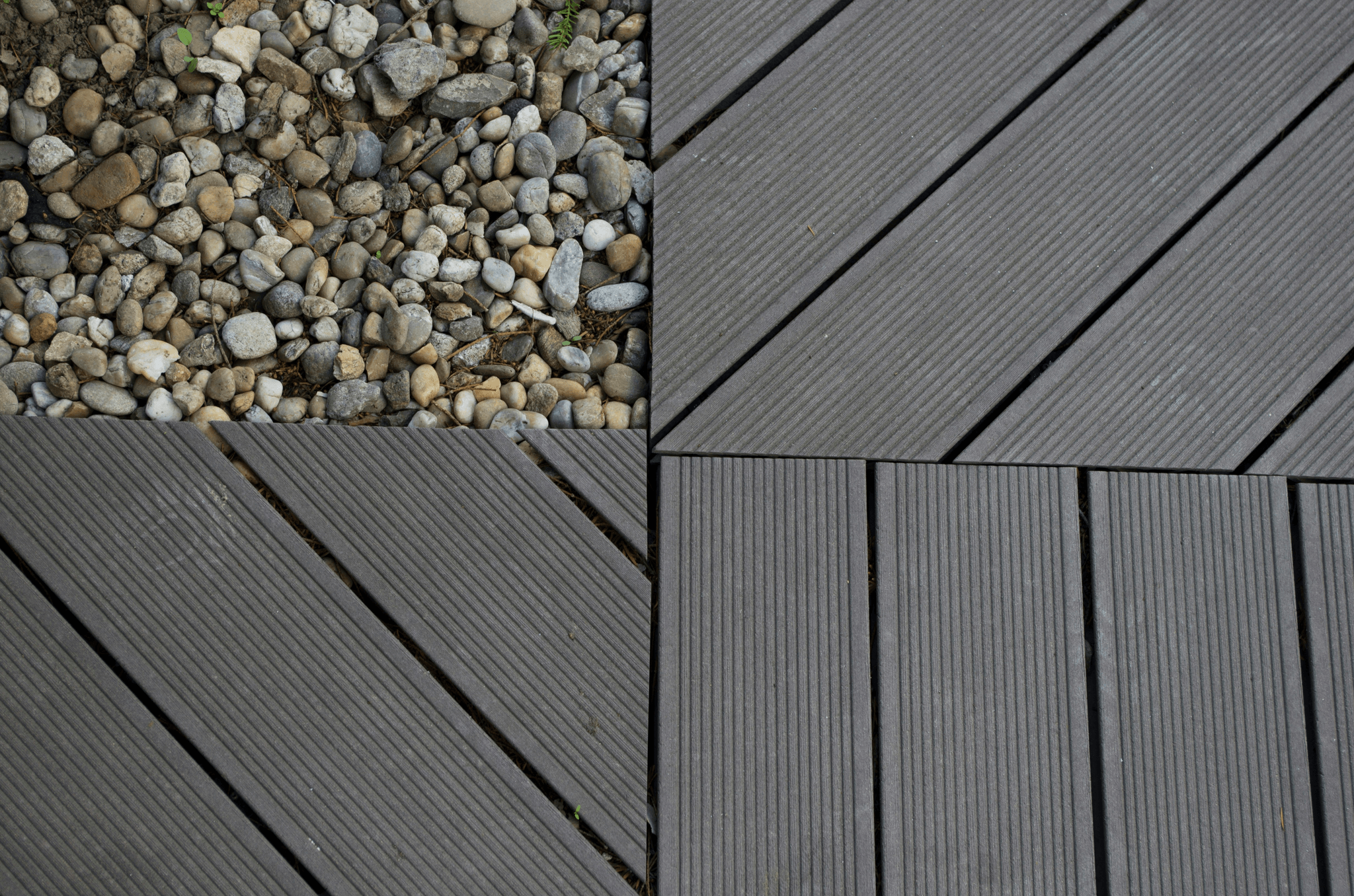
When we talk about composite flooring, we're diving into a world where versatility meets durability. So, what is a composite floor? It's essentially a blend of materials designed to create a surface that's not only aesthetically pleasing but also stands the test of time. This innovative approach combines various elements like wood fibers and plastic, resulting in products like deck composite decking that can be used in both residential and commercial settings.
Overview of Composite Materials
Composite materials are engineered by combining two or more distinct substances to achieve superior properties that each individual material lacks. In the case of composite flooring, this often means merging wood fibers with high-density polyethylene or PVC decking components. The result? A robust solution that offers the warmth of wood with the resilience of synthetic materials, making it perfect for anything from backyard patios to bustling boardwalks.
Key Features of Composite Flooring
One standout feature of composite flooring is its remarkable resistance to moisture, which makes it an excellent choice for outdoor spaces or areas prone to spills—goodbye, warping! Additionally, most composite floor decking options boast UV resistance, ensuring colors remain vibrant even under the sun's relentless rays. Lastly, many brands offer easy installation methods and low maintenance requirements; you can spend less time worrying about upkeep and more time enjoying your space.
Common Examples of Composite Floor Decking
For instance, 1.5 composite decking provides a solid option for those looking for something sturdy yet lightweight—perfect for raised decks! On the other hand, if you're after something more substantial, 2 composite decking might just be your best bet as it offers enhanced stability and strength for larger projects or high-traffic areas.
Types of Composite Flooring

Deck Composite Decking Options
Deck composite decking is a fantastic choice for those looking to enhance outdoor spaces without the hassle of traditional wood maintenance. These materials are engineered from a blend of recycled plastics and wood fibers, resulting in a product that resists fading, warping, and splintering. With options ranging from solid boards to hollow-core designs, deck composite decking offers versatility in both appearance and functionality.
Differences Between PVC Decking and Composite Wood
When considering what is a composite floor, one must differentiate between PVC decking and composite wood. While both materials provide excellent durability and low maintenance, PVC decking is made entirely from plastic, making it impervious to moisture damage but potentially less natural in appearance. On the other hand, composite wood combines recycled wood fibers with plastic for a more authentic look while still offering resistance against rot and pests—making it an ideal choice for those seeking the best of both worlds.
The Versatility of 1.5 Composite Decking
1.5 composite decking has emerged as a popular option due to its unique dimensions that cater to various design preferences. This thickness strikes an ideal balance between strength and weight, making it suitable for multiple applications—from residential patios to commercial spaces needing robust flooring solutions. Whether you’re laying down composite decking on concrete or creating an elevated deck structure, 1.5 composite decking provides stability without compromising on style.
Installation Tips for Composite Flooring
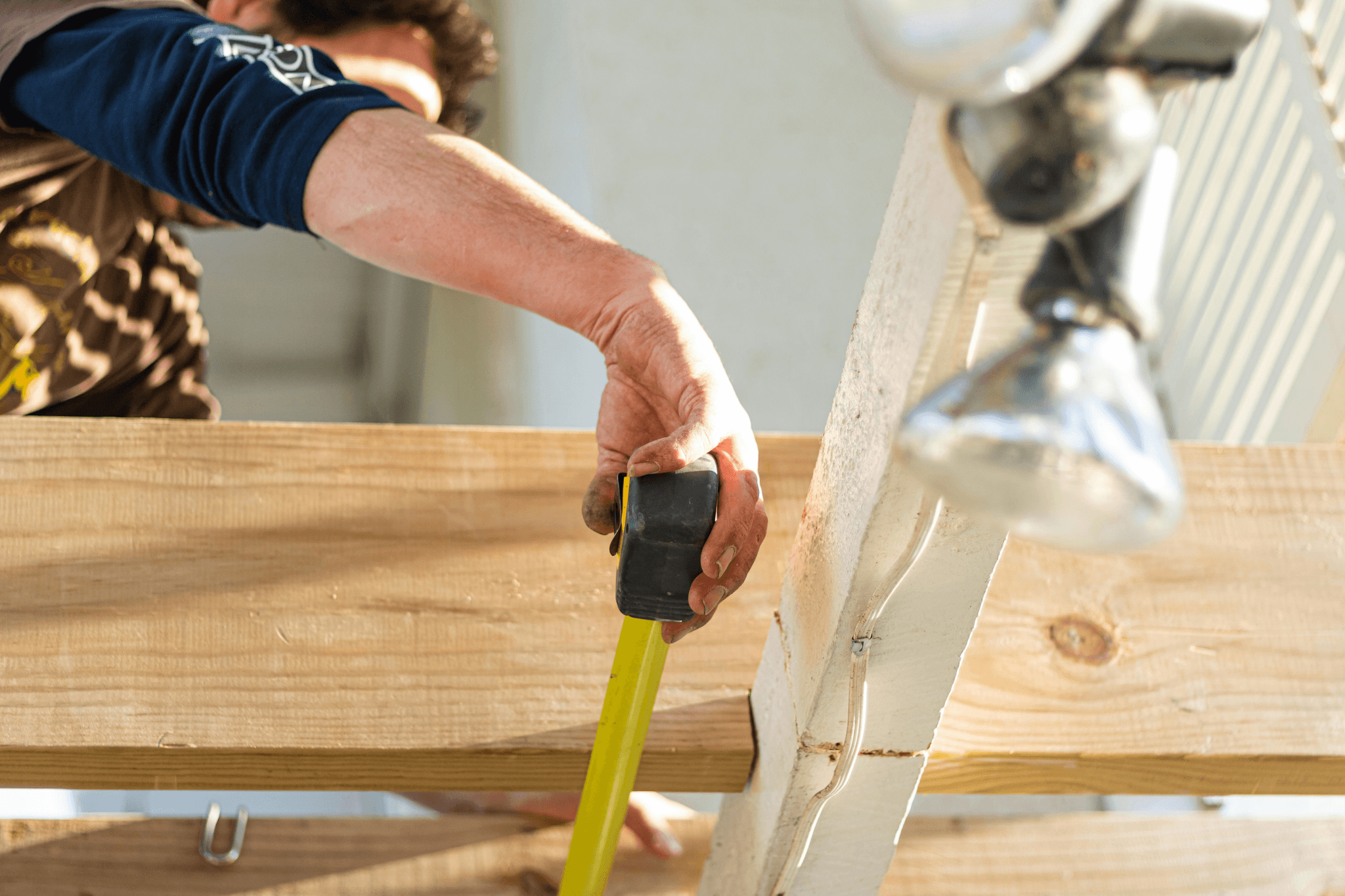
Installing composite flooring can be a rewarding DIY project, but it requires careful preparation and attention to detail. Understanding what is a composite floor will help you appreciate the nuances of installation. With the right approach, your new deck composite decking can enhance your outdoor space for years to come.
Preparing the Surface for Installation
Before diving into the installation of your composite floor decking, it's crucial to prepare the surface properly. Start by ensuring that the area is clean and free from debris; any dirt or loose materials can compromise the integrity of your installation. If you're working with existing concrete, check for any cracks or uneven surfaces, as these issues need to be addressed before laying down your composite wood or PVC decking.
Once you've assessed your surface, consider using a leveling compound if necessary to create an even base. This step is particularly important when installing composite decking on concrete since an uneven surface can lead to gaps or misalignments in your flooring. Remember that preparation is key—taking these initial steps will ensure a smoother installation process and a more durable finished product.
Best Practices for Composite Decking on Concrete
First, make sure you use appropriate spacers between each board; this allows for expansion and contraction due to temperature changes—something that can easily affect both PVC decking and composite wood options over time.
Next, consider using hidden fasteners designed specifically for 1.5 composite decking and 2 composite decking options; they provide a clean finish while also securing boards firmly in place without visible screws on top. Additionally, always leave adequate gaps around edges and obstacles like posts or railings; this ensures proper drainage and airflow underneath your new flooring system.
Tools and Materials Needed
To successfully install your composite flooring, you'll need a variety of tools and materials at hand before starting this exciting project! Essential tools include a circular saw or miter saw for cutting boards accurately—be sure you have blades designed specifically for cutting synthetic materials like PVC decking or composite wood as well as measuring tape and chalk line for precise measurements.
In terms of materials, gather enough deck screws suitable for outdoor use along with spacers mentioned earlier; these will help maintain consistent gaps between boards during installation. Don't forget safety gear such as goggles and gloves while handling tools—safety first! By preparing adequately with the right tools and materials in advance, you'll set yourself up for a successful installation of your new beautiful composite floor.
Maintenance of Composite Floors
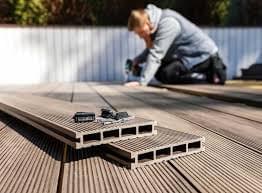
Maintaining composite floors is essential for preserving their beauty and functionality over time. Regular care not only enhances the appearance of your composite wood but also extends its lifespan, making it a wise investment for any homeowner. Let's delve into some effective maintenance strategies to keep your composite floor decking in top shape.
Routine Cleaning Techniques
Keeping your composite floor clean is straightforward and requires minimal effort. A simple sweep or vacuum can remove dirt and debris, while a damp mop with mild soap will tackle more stubborn grime without damaging the surface. For those who enjoy outdoor spaces, regular cleaning of deck composite decking after rain or heavy winds will prevent buildup of organic materials that could lead to discoloration.
When cleaning, it's important to avoid harsh chemicals that can harm the integrity of your composite wood. Instead, opt for gentle cleaners specifically designed for composite materials; they work wonders without compromising durability. Remember, routine maintenance not only enhances aesthetics but also helps you identify any wear early on.
Dealing with Stains and Scratches
Fortunately, most stains on 1.5 composite decking or 2 composite decking can be easily addressed with a soft cloth and soapy water; just remember to act quickly! For tougher stains like wine or grease, you may need to use a specialized cleaner that’s safe for your type of flooring.
Scratches can occur too—especially in high-traffic areas—but don’t fret! Many manufacturers offer repair kits specifically designed for their products; these kits typically include color-matched fillers that blend seamlessly into your existing deck composite decking. With a little patience and care, you can keep your floors looking pristine.
Seasonal Care for Longevity
Seasonal changes bring unique challenges for maintaining your composite flooring but also present opportunities to ensure its longevity. In spring and summer months, regular inspections are key; look out for signs of mold or mildew growth due to increased moisture levels in the air. Cleaning during these seasons helps prevent buildup that could damage both PVC decking and traditional wood options alike.
As fall arrives and leaves begin to drop, make sure to clear away debris from your deck regularly—leaves left unattended can trap moisture against the surface leading to potential issues down the line. Winter poses its own set of challenges; consider using ice melt products safe for composites if snow accumulation occurs on your 1.5 or 2 composite decking surfaces.
By following these seasonal tips alongside routine cleaning techniques, you'll ensure that your investment in what is a composite floor remains vibrant year after year!
Common Myths About Composite Flooring
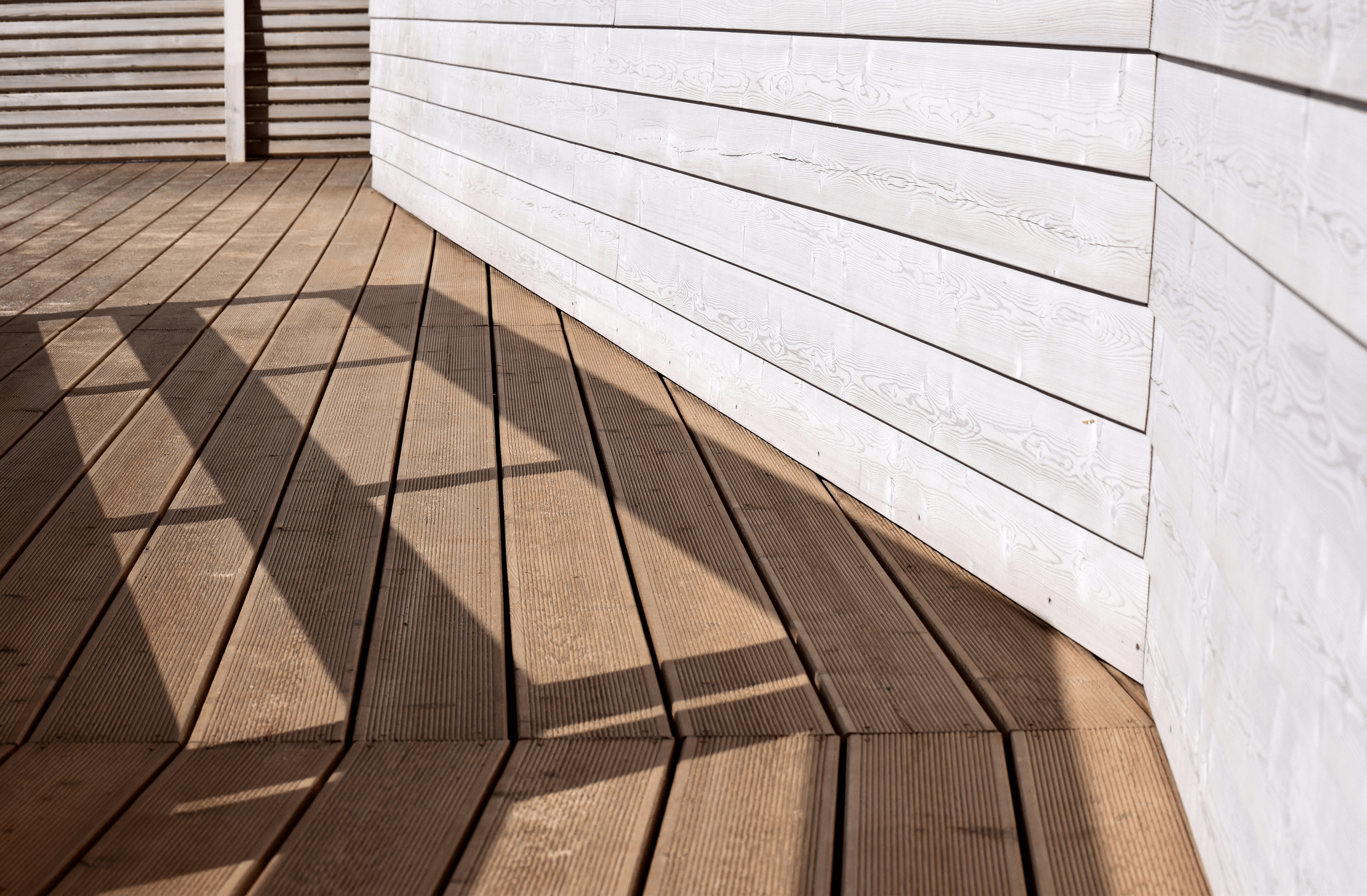
When it comes to composite flooring, a few persistent myths can cloud the truth about its benefits and features. Many homeowners might hear exaggerated tales that lead them to question what is a composite floor really made of or how it performs over time. Let's take a closer look at some of these misconceptions, so you can make an informed choice for your home.
Debunking Misconceptions
One common misconception is that all composite wood products are the same and lack durability. In reality, deck composite decking options vary significantly in quality and performance, with some brands offering superior materials that can withstand the test of time. Additionally, many people assume that installing composite decking on concrete is complicated, but with the right preparation and tools, it’s quite manageable.
Another myth revolves around maintenance; some believe that composite floor decking requires excessive upkeep compared to traditional wood floors. In fact, routine cleaning techniques for composite materials are often simpler and less time-consuming than those needed for natural wood surfaces—no sanding or staining required! Furthermore, concerns about fading colors or warping are largely unfounded when high-quality materials like 1.5 composite decking are used.
Real vs. Perceived Durability
A lot of people wonder about the real versus perceived durability of different types of flooring options available today. While traditional wood may seem sturdy initially, it’s often more susceptible to rot and insect damage than its modern counterpart—composite wood—which combines recycled materials for enhanced strength and longevity. When comparing PVC decking to other options like 2 composite decking, it becomes clear that many composites offer impressive resistance to wear and tear.
Many consumers also believe that if something is labeled as “composite,” it must be inferior in quality compared to solid wood products. However, advancements in technology have allowed manufacturers to create highly durable composites that outperform traditional materials in various aspects—such as moisture resistance and UV protection—making them ideal for outdoor settings like decks or patios.
Environmental Impact of Composite Wood
There's a growing concern regarding the environmental impact of building materials; misconceptions abound about whether using composite flooring is detrimental to our planet's health. While it's true that some composites may contain plastic components derived from non-renewable resources, many brands strive for sustainability by utilizing recycled content in their formulations—making them a greener choice overall compared to virgin lumber sources.
Moreover, opting for deck composite decking not only helps reduce deforestation but also minimizes waste by repurposing discarded plastics into functional products like 1.5 or 2 composite decking solutions designed for long-lasting use without sacrificing aesthetics or performance quality! So when considering what is a composite floor's environmental footprint truly looks like, remember: choosing wisely can lead you toward eco-friendly choices without compromising on style or durability.
Conclusion
In summary, composite flooring presents a compelling choice for homeowners and builders alike. With its unique blend of durability and aesthetic appeal, it stands out as a versatile option in the realm of flooring solutions. By understanding what is a composite floor and its myriad benefits, you can make an informed decision that enhances your living space.
Why Choose a Composite Floor?
Choosing a composite floor means opting for longevity without sacrificing style. These floors resist moisture, insects, and decay better than traditional materials like wood, making them ideal for various applications—especially deck composite decking areas that endure harsh weather conditions. Additionally, the aesthetic versatility of composite wood allows homeowners to achieve their desired look without compromising on performance.
Long-Term Benefits of Composite Decking
The long-term benefits of composite decking are hard to ignore. Not only do they require minimal maintenance compared to conventional materials like PVC decking, but they also offer superior durability over time. With options like 1.5 composite decking or even 2 composite decking available, you can enjoy peace of mind knowing your investment will withstand the test of time while maintaining its beauty.
Trusting Composite Decking Inc for Quality Solutions
Their expertise in installing composite floor decking ensures that your project will be completed with precision and care—whether you're laying down new surfaces or applying composite decking on concrete patios. With their commitment to customer satisfaction and high-quality products, you can rest easy knowing you've made the right choice for your flooring needs.
